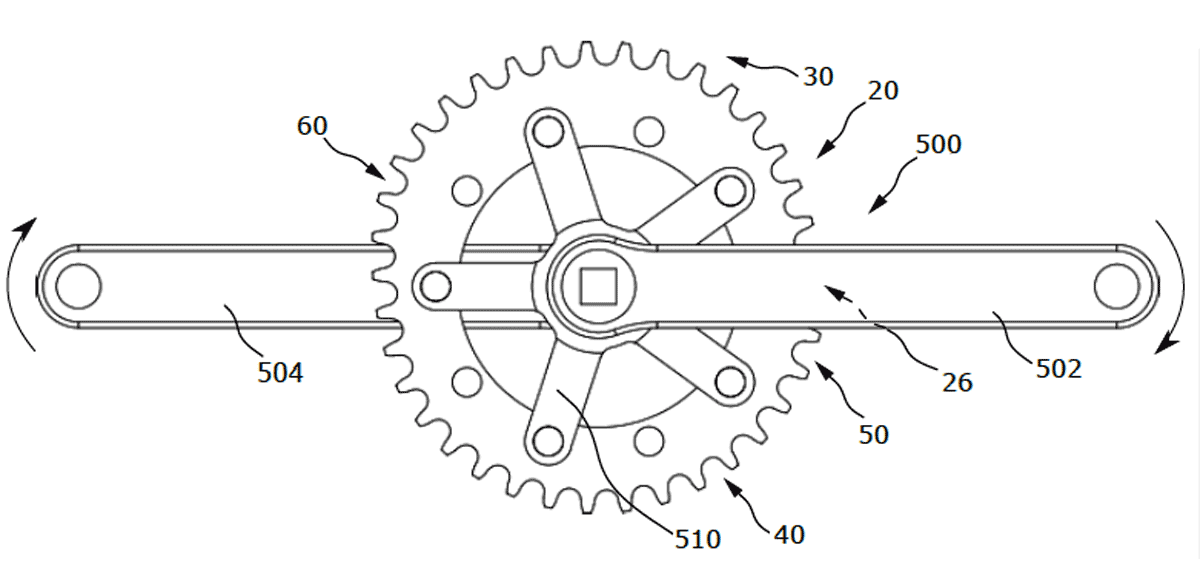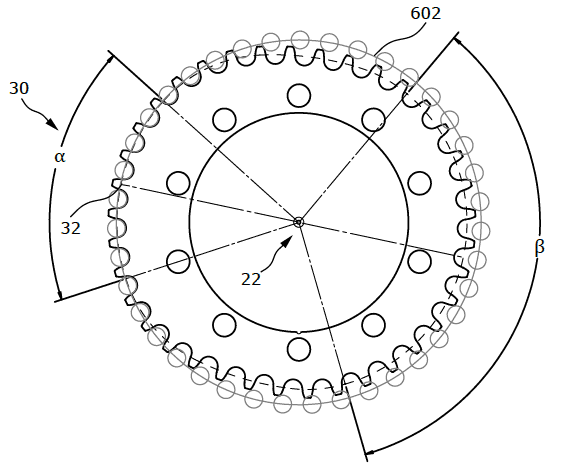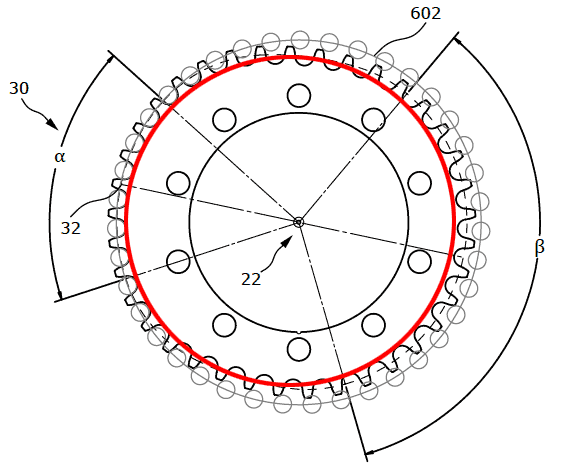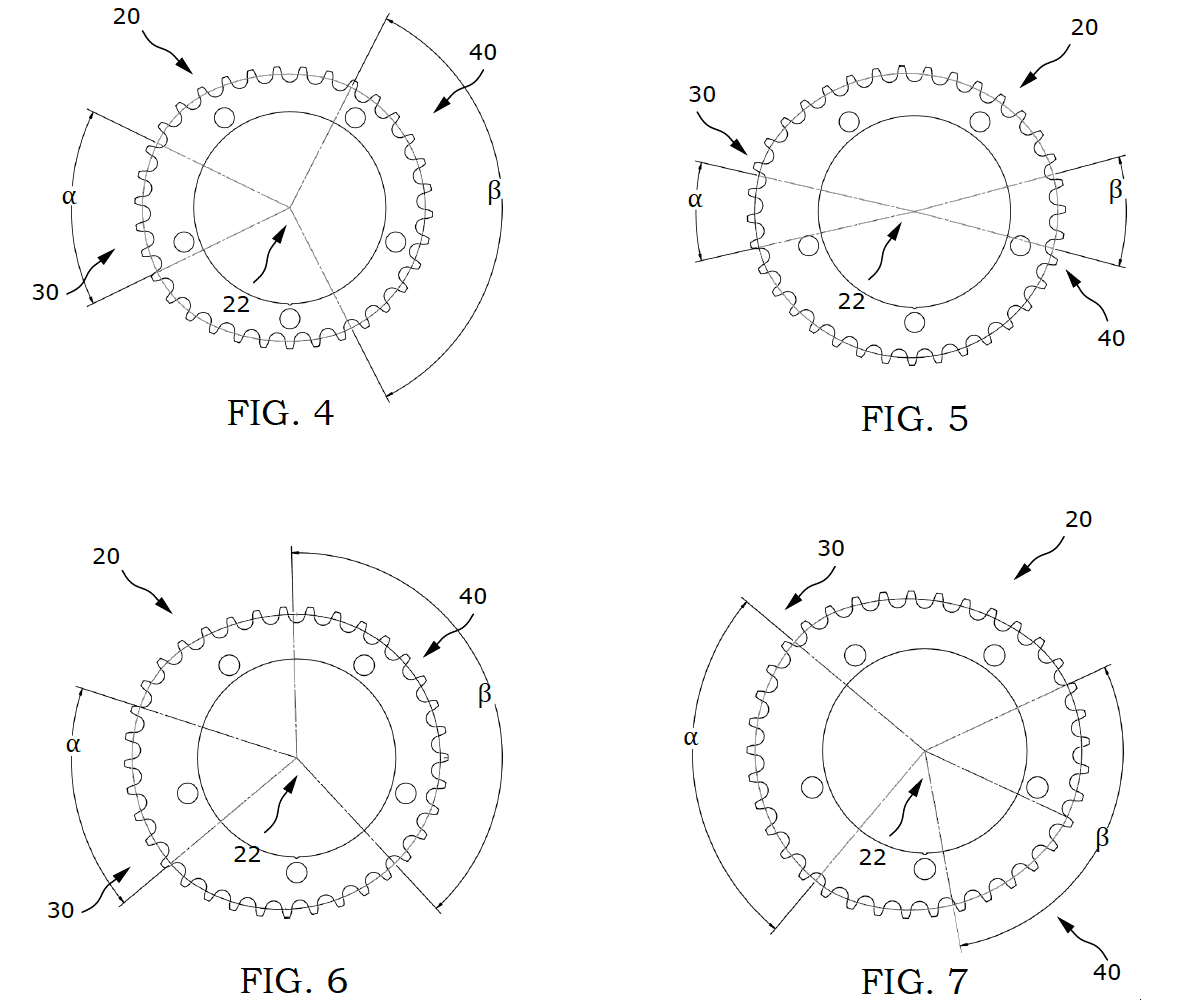Want to climb better? Interested in oval rings? Maybe there’s another option. Inventor Doug Brown has spent two-plus years examining drivetrains and pedaling efficiency, and he’s come up with a very different way of improving climbing efficiency. His unique chainring enhances the efforts of your dominant leg to improve your overall efficiency going up the hill. It’s not oval, and it’s only sort of “not round”. But it’s definitely different.
There’s no name for the design yet, but it changes the way your efforts are applied to forward momentum. The concept is simple: Offset the chainring’s center from the crankset’s center so that your dominant leg overcomes any deficiencies on your weak side. Where an oval chainring provides more leverage in the power zone for both sides, this one simply maximizes the input on your dominant side. Beyond that, one of the biggest differences between an oval or otherwise non-round chainring is that it’s smooth. Doug says there’s none of the pulsing that can be felt with some other non-round designs, as long as it’s clocked correctly.
The chainring is completely circular in the power zones, as shown by the perfect red circle we laid over their drawing, but it does flatten out slightly in the dead zones.
With their design, a 39-tooth chainring has a 39/36-equivalent, and is designed for someone who normally rides a 39, but feels like a 36 in the power zone of the non-dominant leg. “They way I envision this being used is on something like the Easton EC90 cranks, where the rings are easily interchanged,” says Doug. “A rider could switch it to this ring on days when they know they’ve got a big climbing day. But also could work for power-heavy events like cyclocross and gravel races. But mostly climbing.”
“Essentially, you’re using one leg to help the other leg. It keeps you from getting bogged down on the climb by keeping your cadence higher. Or, it keeps you spinning, so your legs are fresher when you’re not on the climbs.”
He says, with normal oval rings, you’re only getting a radius reduction in about 25% of the pedal stroke. With his, the dead spot reduction is much broader, providing a larger benefit to the non-dominant leg. But since you’re not making as much power in the dead spot, the full radius is maintained for your dominant leg. And if you’re doing a multi-day event? Just rotate it so you give the other leg a “day off” on the second day.
The idea is to use this as the small chainring, leaving your outer chainring the same. Because there are no dramatic dead spots or weird shaping, there should be no problems with shifting. While it seems odd, they’ve done a lot of testing to prove the concept. The product is in development, and Doug’s hoping to license the design rather than become a manufacturer. So, there’s no official product name yet, but he’s working on it. We’ll keep you posted on its progress.



